The Biological Mechanisms of Plant Photoperiodism
Introduction
Photoperiodism is a biological response in organisms, particularly plants, to the relative lengths of daylight and darkness they are exposed to. This phenomenon is crucial for the timing of certain physiological events essential for the life of the plant, such as flowering, germination, and dormancy. The term "photoperiodism" was first coined by Garner and Allard in 1920, when they discovered that tobacco and soybean plants flowered only when the day length was shorter or longer than a certain threshold read more.
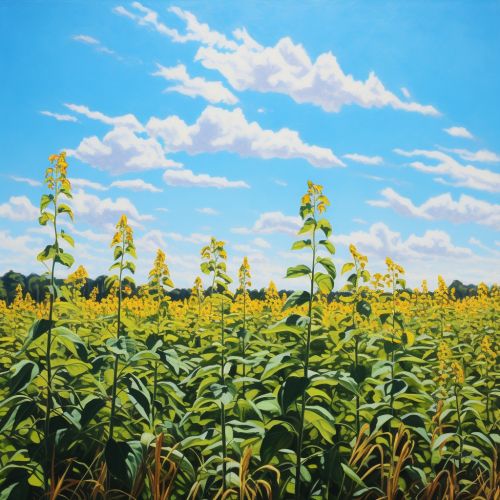
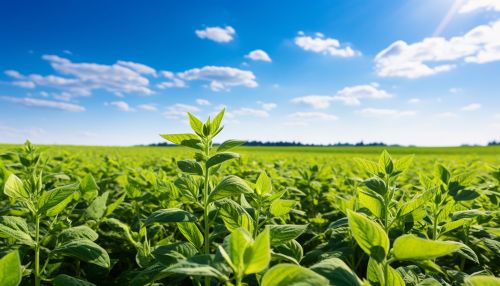
Mechanisms of Photoperiodism
The biological mechanisms of plant photoperiodism involve a complex interplay of light perception, signal transduction, and gene expression. The primary light receptors in plants are the phytochromes, which absorb red and far-red light, and the cryptochromes, which absorb blue and ultraviolet light read more. These photoreceptors trigger a cascade of events that ultimately lead to changes in gene expression and plant development.
Light Perception
Light perception is the first step in photoperiodism. Phytochromes exist in two forms: Pr, which absorbs red light, and Pfr, which absorbs far-red light. The ratio of Pr to Pfr in the plant cell determines the plant's response to light. For example, in short-day plants, flowering is induced when the ratio of Pfr to Pr is low, which occurs during long nights. Conversely, in long-day plants, flowering is induced when the ratio of Pfr to Pr is high, which occurs during short nights read more.
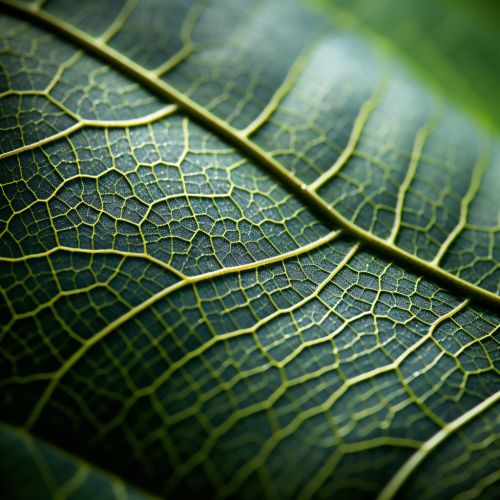
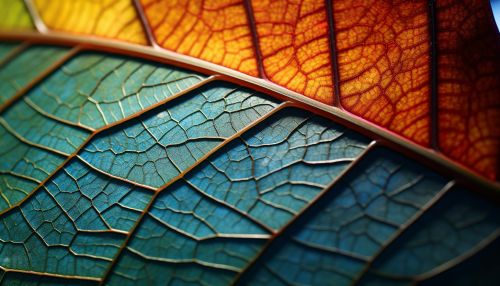
Cryptochromes, on the other hand, are responsible for the plant's response to blue and ultraviolet light. They play a crucial role in the regulation of the plant's circadian rhythm, which is a 24-hour biological clock that governs many physiological processes in the plant read more.
Signal Transduction
Once light is perceived, the signal needs to be transduced to the appropriate parts of the plant. This is achieved through a series of biochemical reactions involving various proteins and hormones. One key player in this process is the protein CONSTANS (CO), which promotes flowering in response to long days. The expression of CO is regulated by the circadian clock and light signals, and it accumulates in the plant cell only under long-day conditions read more.
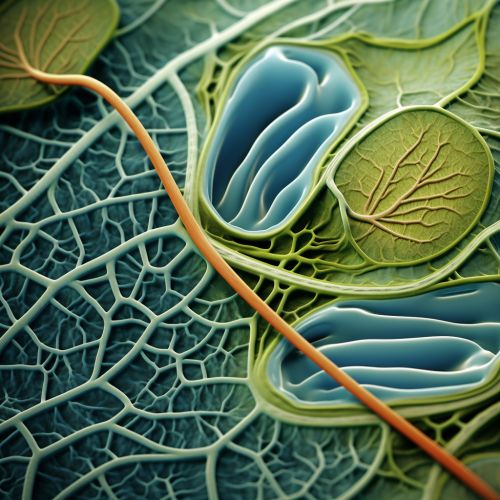
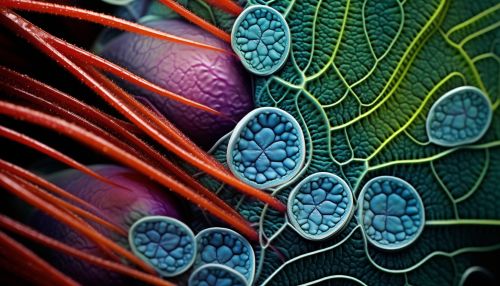
Another key player is the hormone gibberellin, which promotes flowering in response to short days. The synthesis of gibberellin is regulated by the circadian clock and light signals, and it accumulates in the plant cell only under short-day conditions read more.
Gene Expression
The final step in photoperiodism is the change in gene expression. This is achieved through the activation or repression of specific genes by the proteins and hormones involved in signal transduction. For example, the protein CO activates the expression of the gene FLOWERING LOCUS T (FT), which promotes flowering. Conversely, the hormone gibberellin represses the expression of the gene FLOWERING LOCUS C (FLC), which inhibits flowering read more.
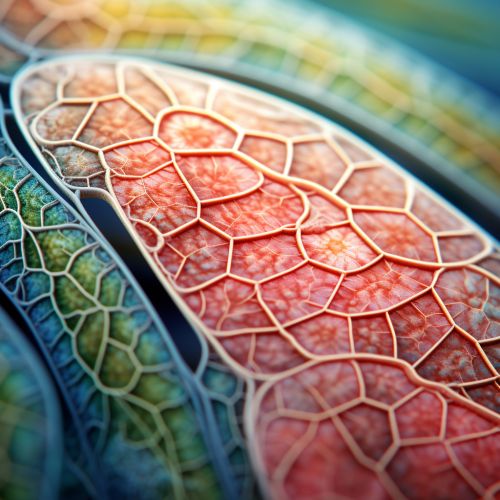
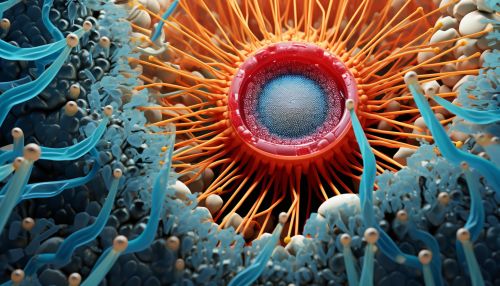
Types of Photoperiodism
There are three main types of photoperiodism in plants: short-day plants, long-day plants, and day-neutral plants. Short-day plants flower when the night length exceeds a certain threshold, while long-day plants flower when the night length is less than a certain threshold. Day-neutral plants, on the other hand, flower regardless of the length of day or night read more.
Conclusion
In conclusion, the biological mechanisms of plant photoperiodism involve a complex interplay of light perception, signal transduction, and gene expression. These mechanisms are crucial for the timing of certain physiological events essential for the life of the plant, such as flowering, germination, and dormancy.
